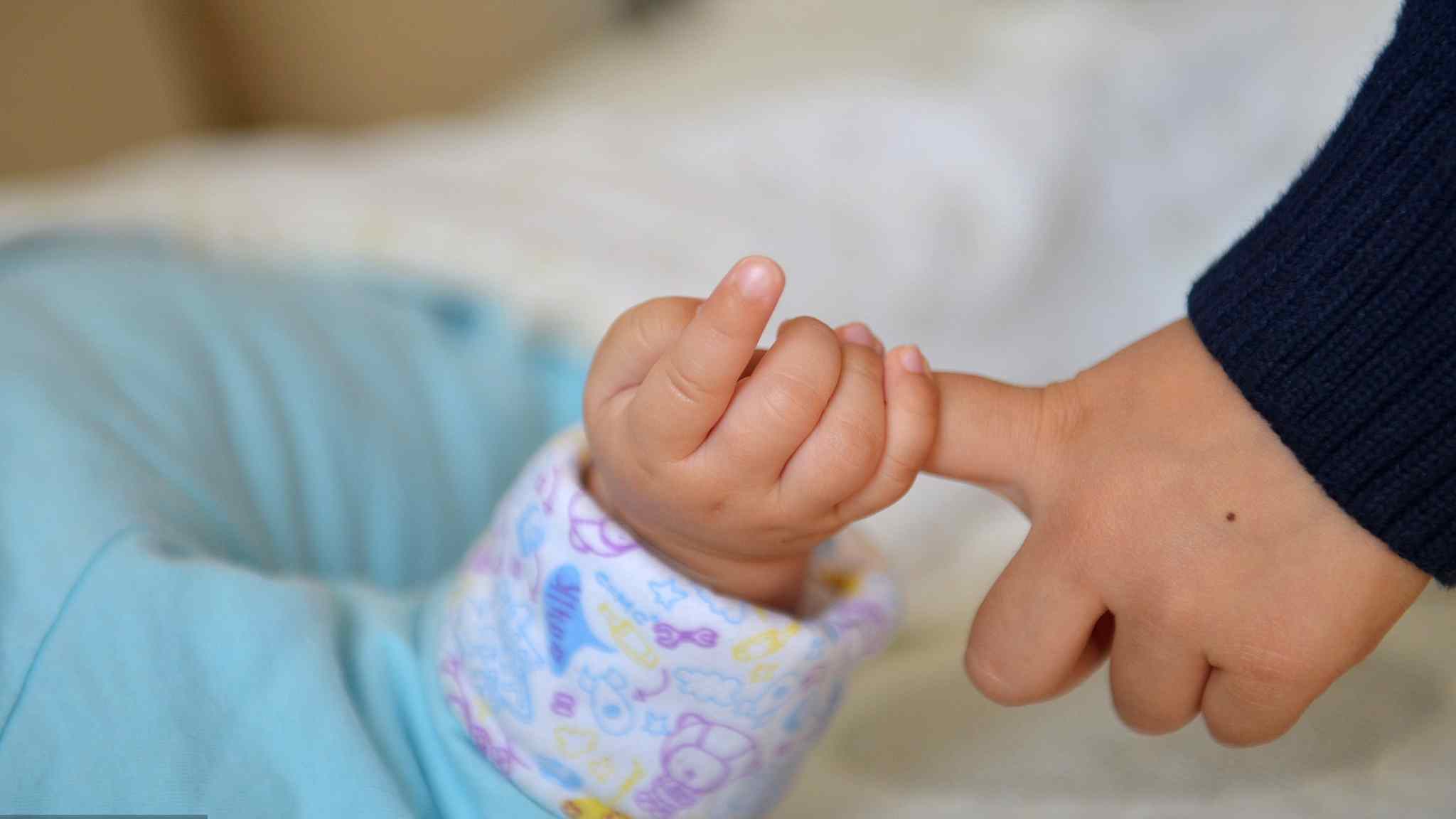
(Photo: CGTN)
An article aiming at reversing China’s low birthrate, published on Xinhua Daily, a government-backed newspaper from east China’s Jiangsu Province, caused public outcry for advising setting up fertility fund to collect money from citizens under 40 years old until they give birth to their second children to encourage birth.
According to the two writers who are scholars from the Yangtze River Industrial Economics Research Institute of Nanjing University, China’s peak of birth brought about by the comprehensive two-child policy is likely to be over. Since the National Bureau of Statistics announced 17.23 million births in Chinese mainland in 2017, a decrease of 630,000 from the previous year.
“According to the 2010 census data, China will face a 40 percent drop of women capable of childbearing in the next decade. The birth rate is plunging just as the number of these women is about to drop.”
To solve the upcoming problem, the paper proposed that the country should take short-term, mid-term and long-term response measures separately.
Short-term response includes immediately removing birth limits, developing preschool education industry, and strengthening compulsory education (free education for primary and junior school).
The measures proposed in mid-term responses stirred controversy – they call for building a fertility fund to collect money from citizens under the age of 40. “They should be required to contribute to the fund every year until they have a second child. The money will be used to subsidy families that have more children. Families who don’t have at least two children can withdraw the money when they retire.”
Building fertility fund is not the only solution proposed in the article, extended maternity leaves, and favorable housing policy to encourage births are also advised in the mid-term response. However, some netizens condemned that this method is unfair to families who prefer having less than two children.
Long-term measures stress on giving full play to the regulatory role of fiscal and taxation policies.
All the proposals could be seen for raising the country’s birthrate. It has been two years since China scrapped its decades-long one-child policy, but the country is still facing falling fertility. In 2016, China ended its previous one-child policy after nearly four decades, allowing young couples to have two children.
This is because China is currently facing an aging population. This will lead to a smaller workforce left to support a growing elderly population. Many young people have to support their parents and two sets of grandparents. Some provinces even have been reported to face difficulties to raise pension.
However, to some Chinese young people, they still feel reluctant to give birth – as many young couple are facing fierce competition in their work place and rising costs of bring up children.

Chinese couples are less willing to give birth despite the removal of the one-child policy. (Photo: CGTN)
More and more educated women in China are postponing childbirth because of career pressure. Also, the high cost of housing and education always lead to the unwillingness of giving birth.
Some local governments already began to adopt measures to encourage birthrate. For example, in China’s northeastern Liaoning Province, which is experiencing the country’s lowest birthrate, officials propose benefits to young couples such as tax deduction, favorable housing policies, education subsidies and longer maternity and paternity leaves.
The People's Daily, a state-run newspaper published an article earlier this month which said, “Giving birth is a family matter and a national issue as well” to encourage young couples to have more children.


